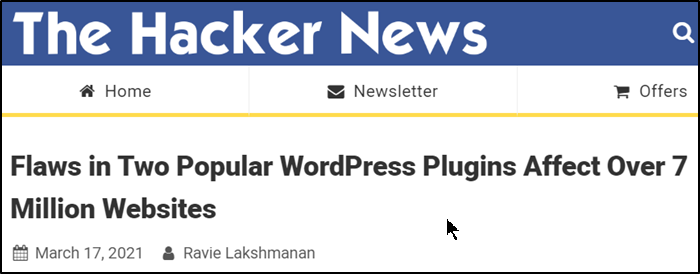Great Examples of Social Media Use for Website Downtime Communications
Here at Alertra we have frequently discussed the need to keep your website visitors and customers informed of downtime when it happens and, if possible, before it happens. While most companies in today’s day and age realize how detrimental downtime is to a business’s profits and, as such, work hard to get a site back up and running properly when it does go down, the willingness of businesses to inform their customers of downtime still seems to be somewhat lacking. Even the major players, like First National Bank, seem to have issues with communication when downtime occurs, as we saw earlier this month. A lack of communication can lead to significant discontent among consumers and the public in general. Which is why we decided to pick out a few examples of businesses that are using social media the right way to communicate downtime issues with the public.
Savvy Website Owners Know that Twitter Can Be a Powerful Tool
When it comes to communicating your website’s downtime issues, Twitter can be a very powerful tool. The right tweets can instill confidence during even the most frustrating downtime periods, ensuring that consumers know you take the downtime seriously and that you want to keep them informed of the issue. Here are some perfect examples of how Twitter users are utilizing the social media platform to communicate downtime issues with the public.
Communicating Downtime before It Happens
One Twitter member, @greygoogame, tweeted, “A website maintenance update is scheduled today at 6pm CDT! Expected downtime is about 30 minutes. Thanks for your patience, commanders!” This is an ideal example of how to communicate downtime before it occurs. When your site is going to be experiencing planned downtime due to maintenance or other issues, be sure you let consumers know. This particular tweet is a great example because it not only alerts consumers of the downtime, but it explains why the downtime will be occurring, when it will be occurring, and how long it is expected to last. All of this information is provided before the downtime even hits, which means consumers aren’t surprised when the site goes down.
Communicating Unplanned Downtime When It Happens
If your site does experience unplanned downtime, there is a right way and a wrong way to communicate the downtime. Simply saying your site is down is a step in the right direction, but it isn’t enough if you want to provide a sense of transparency and you want to ensure that consumers are confident in your reliability. The Twitter user @tigervpn did a very good job of announcing unplanned downtime with the tweet, “We are experiencing downtime due to a load balancing issue. Both website and the VPN access is down. Engineers are working on restoring!” The only thing they could have done better was give a time estimate as to when the site and service was expected to be back up, but since that is not always possible, announcing the downtime, what caused it, and that it is being worked on is definitely a step in the right direction. Remember, you may not be able to control downtime, but you can control what you do when it occurs. If you want to keep your business’s image and your brand’s identity intact, make sure you take a proactive approach when it comes to communicating your downtime issues and be as transparent as possible so your online business can retain public confidence.

Archives:
- April 2022 (1)
- April 2021 (1)
- February 2021 (1)
- January 2021 (2)
- December 2020 (1)
- January 2020 (2)
- October 2019 (1)
- September 2019 (1)
- August 2019 (1)
- July 2019 (1)




















